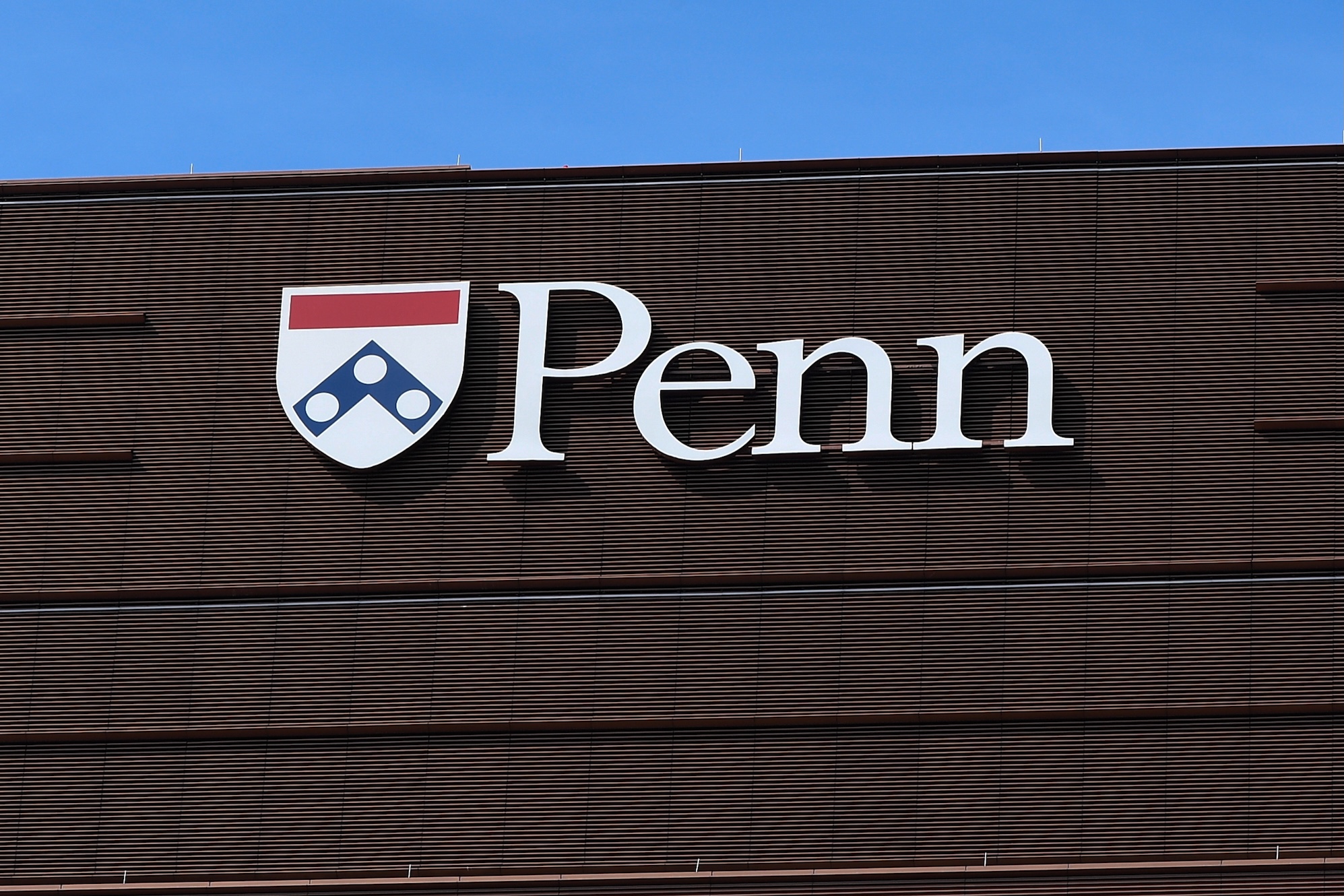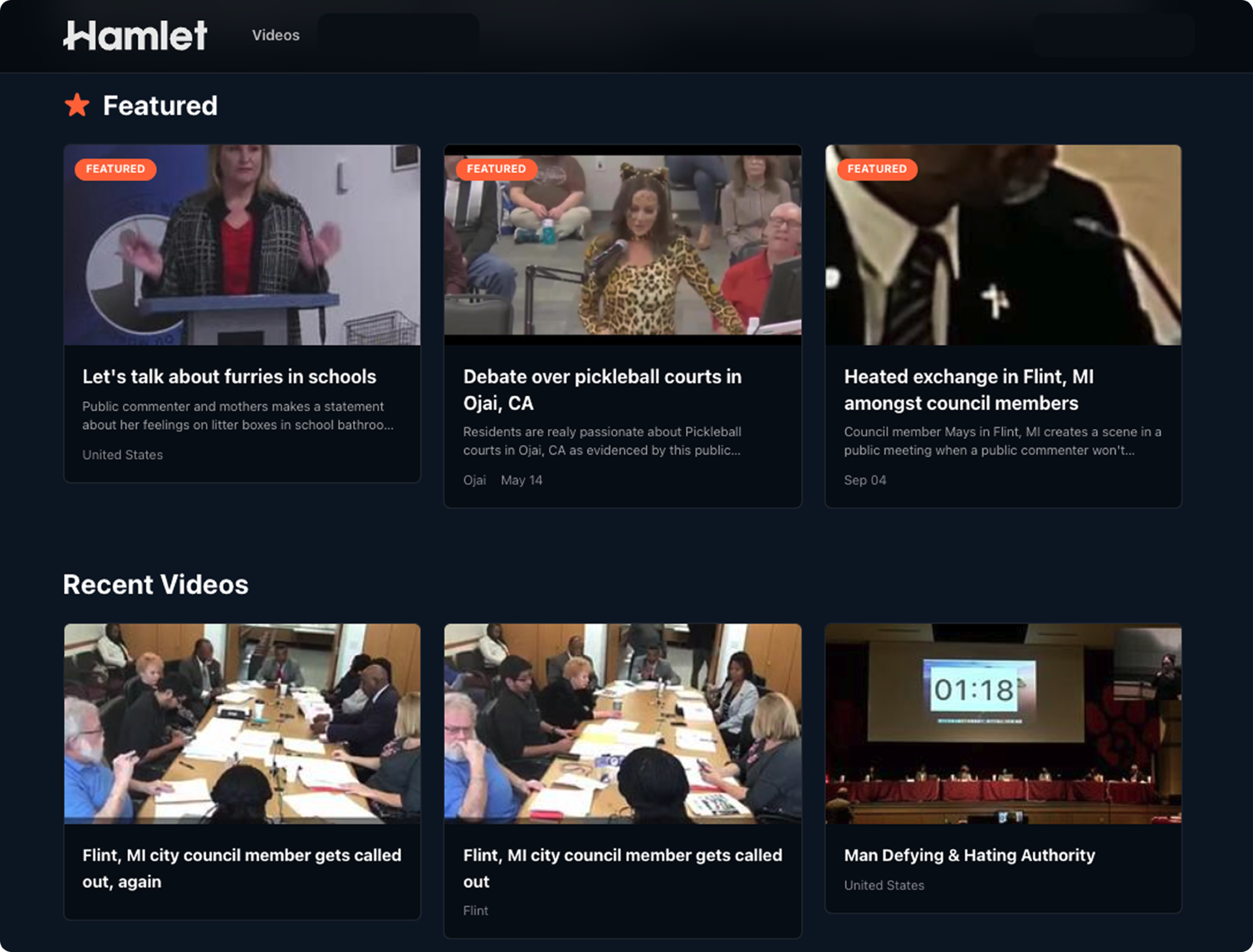
The University of Pennsylvania officially disclosed on Tuesday that a cyberattack, which led to a flurry of alarming emails sent from compromised university accounts last week, resulted in the confirmed theft of sensitive institutional data. This revelation marks a critical escalation from the university’s initial assessment, which had labeled the widespread email campaign as merely "fraudulent" without acknowledging data exfiltration. The incident underscores the persistent and evolving cybersecurity challenges confronting higher education institutions nationwide.
The Anatomy of the Breach: Social Engineering and System Compromise
The cyberattack, first detected on October 31, targeted a specific subset of the university’s information systems integral to its development and alumni engagement activities. According to Penn’s official statement, which was disseminated to its alumni network and publicly shared online, the breach was orchestrated through a social engineering attack. This method, a pervasive and often highly effective hacking technique, manipulates individuals into divulging confidential information—such as login credentials—through deceptive tactics like phishing emails, fraudulent phone calls, or impersonation. Once access was gained, the perpetrators swiftly initiated a campaign of unsolicited and offensive emails directed at a broad segment of the university community, originating from legitimate @upenn.edu addresses.
The content of these rogue emails was designed to be provocative and confrontational. Messages attributed to the hackers declared, "We got hacked," and boldly asserted, "We love breaking federal laws like FERPA (all your data will be leaked)." They also included a demand: "Please stop giving us money." This dual messaging—a threat of data exposure combined with an appeal to halt financial contributions—hinted at motivations beyond mere financial gain, suggesting a more complex agenda at play.
Upon discovering the intrusion, Penn’s cybersecurity teams reportedly acted with dispatch to isolate the compromised systems and prevent further unauthorized access. However, the university conceded that their intervention occurred only after the malicious emails had been dispatched and an unspecified volume of information had already been extracted by the attackers.
Vulnerabilities in Security Protocols: The MFA Debate
A key point of contention and a potential vector for the breach revolves around the university’s multi-factor authentication (MFA) protocols. MFA, a critical security layer that requires users to provide two or more verification factors to gain access to an account, is widely considered an indispensable defense against credential theft. While the University of Pennsylvania mandates MFA for its student body, staff, and alumni, an anonymous university employee, not authorized to speak publicly, revealed to TechCrunch that certain high-ranking officials within the institution were allegedly granted exemptions from these mandatory MFA requirements.
Such exemptions, if confirmed, represent a significant security vulnerability. Even the most sophisticated security infrastructure can be undermined if fundamental safeguards are bypassed for convenience or perceived seniority. When questioned about these alleged MFA exceptions and the overall adoption rate among staff, Penn spokesperson Ron Ozio declined to elaborate beyond the information provided on the university’s official data incident page, maintaining a cautious stance typical during ongoing investigations. The lack of transparency on this specific point only fuels speculation about potential internal security gaps that could have been exploited.
The Scope of Compromised Data and Regulatory Obligations
While the university has confirmed data theft, precise details regarding the nature and extent of the compromised information remain elusive. Penn has stated its legal obligation to notify individuals whose personal data was accessed by the hackers, though a timeline for these notifications, the total number of affected individuals, or the specific categories of information involved has not yet been provided. This customary delay is often attributed to the meticulous forensic investigation required to accurately ascertain the scope of the breach and identify all impacted parties.
However, reports from The Daily Pennsylvanian, the university’s independent student newspaper, citing claims made by the alleged hacker, suggest that the stolen data includes documents related to university donors, bank transaction receipts, and other personally identifiable information (PII). Such data, if indeed compromised, could have severe ramifications for individuals, potentially exposing them to identity theft, financial fraud, or targeted phishing campaigns. The Family Educational Rights and Privacy Act (FERPA), explicitly referenced by the hackers, protects the privacy of student education records, and any breach of this nature could trigger significant legal and regulatory scrutiny, particularly if student data was ultimately involved in the "development and alumni activities" systems.
A Broader Trend: Political Activism and Cyber Warfare in Academia
This incident at the University of Pennsylvania is not an isolated event but rather part of a disturbing trend of cyberattacks targeting higher education institutions, often with motives extending beyond mere financial gain. Earlier this year, Columbia University experienced a significant data breach that exposed sensitive information belonging to approximately 870,000 students and applicants, including Social Security numbers and citizenship status.
What links the Penn and Columbia incidents, beyond their shared academic context, is a clear undercurrent of socio-political motivation. In the malicious emails disseminated during the Penn hack, the attackers stated, "We hire and admit morons because we love legacies, donors, and unqualified affirmative action admits." This echoes sentiments expressed by the Columbia hacker, who reportedly sought to access university data specifically to investigate its affirmative action practices.
The recent Supreme Court ruling overturning affirmative action in college admissions has ignited a fervent national debate, creating a volatile landscape ripe for politically charged cyber activity. These attacks represent a new front in this cultural war, where digital vulnerabilities are exploited to express dissent, expose perceived injustices, or even attempt to influence institutional policies. While the Penn hacker initially claimed financial motivation, the explicit political commentary interwoven with the data theft suggests a hybrid motive, where monetary gain might be a means to an end, or a secondary objective alongside ideological protest. This convergence of financial and ideological incentives presents a particularly challenging threat model for cybersecurity professionals, as it implies a wider array of potential attackers and objectives.
The Broader Impact: Trust, Reputation, and Financial Fallout
Cyberattacks on universities carry far-reaching consequences that extend beyond the immediate technical disruption and data exposure.
Reputational Damage: For institutions like the University of Pennsylvania, a prominent Ivy League school, a data breach can significantly tarnish its meticulously cultivated image of prestige and security. This can impact its ability to attract top-tier students, faculty, and crucial donor funding, which underpins many of its academic and research endeavors. The perception of lax security can erode public trust and cast a shadow over its digital infrastructure.
Financial Costs: The financial toll of a major data breach is substantial. Universities face considerable expenses for forensic investigations, system remediation and upgrades, legal fees, public relations management, and potentially hefty fines from regulatory bodies. Furthermore, offering credit monitoring and identity theft protection services to affected individuals for extended periods adds another significant layer of cost.
Erosion of Trust: Perhaps most critically, these incidents can severely damage the trust between the university and its various stakeholders—students, alumni, faculty, staff, and donors. Individuals entrust universities with highly sensitive personal and financial information, and a breach of that trust can have lasting repercussions on engagement and loyalty. Donors, in particular, may become hesitant to contribute if they perceive their financial and personal details are not adequately protected.
Social and Cultural Implications: The specific targeting of data related to admissions and donor activities, coupled with the political rhetoric surrounding affirmative action, highlights a growing trend of cyber warfare being waged on cultural battlegrounds. This indicates a shift where hacking is not just about financial gain or state-sponsored espionage, but also a tool for social commentary and activism, forcing institutions to contend with a new dimension of threat.
Strengthening Defenses: A Call for Proactive Cybersecurity
The Penn breach serves as a stark reminder of the imperative for all organizations, especially those housing vast quantities of personal and proprietary data, to prioritize and continually enhance their cybersecurity postures. This includes:
Universal Multi-Factor Authentication: Implementing and strictly enforcing MFA for every user, without exception, is a foundational security measure that can significantly mitigate the risk of credential-based attacks.
Regular Security Audits and Penetration Testing: Proactive assessments to identify and rectify vulnerabilities before they can be exploited by malicious actors.
Employee Training and Awareness: Educating staff, faculty, and students about social engineering tactics, phishing attempts, and best practices for data handling is crucial, as human error often serves as the initial entry point for attackers.
Robust Incident Response Plans: Developing and regularly testing comprehensive plans for detecting, containing, and recovering from cyberattacks can minimize damage and expedite recovery.
Data Minimization and Segmentation: Storing only essential data and segmenting networks to limit the lateral movement of attackers within systems.
As the University of Pennsylvania navigates the aftermath of this sophisticated cyberattack, the incident underscores the relentless nature of modern digital threats. It highlights the dual challenge faced by institutions of higher learning: safeguarding vast repositories of sensitive information while simultaneously fostering an open academic environment. The full impact of this breach, both for the university and its affected community, will unfold in the coming weeks and months, serving as a critical case study in the ongoing struggle for digital security in an increasingly interconnected and vulnerable world.





